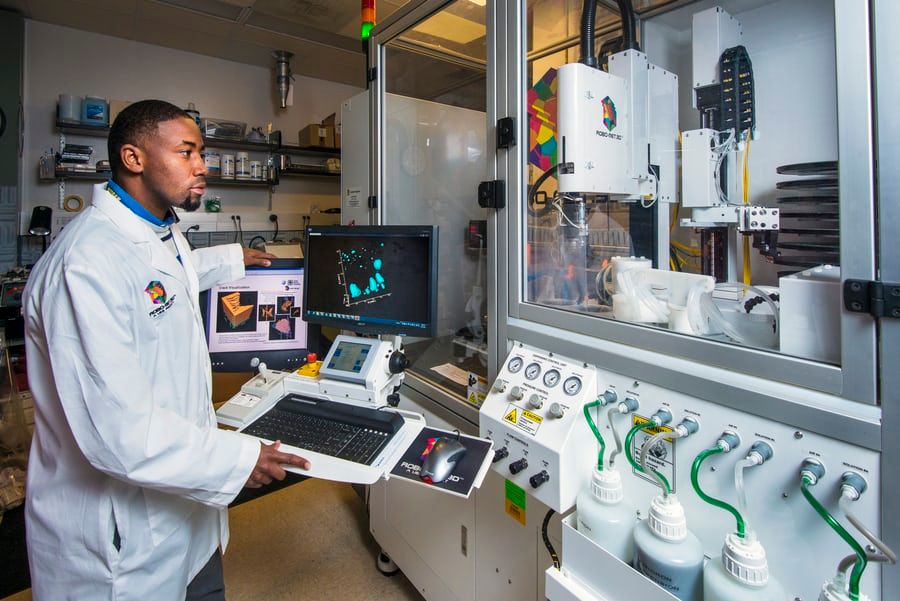Analyzing SARS-CoV-2 Replication Through 3D Modeling
New details of SARS-CoV-2 have been obtained using 3D modeling, providing crucial insights into the disease.

A recent study using 3D modeling has provided essential information and crucial new insights into the replication cycle of the coronavirus disease 2019 (COVID-19) in cells. The research has provided key details that will aid in the development of important therapeutic strategies for suppressing COVID-19’s viral replication.
The study, published in Cell Host & Microbe, took place at the European Molecular Biology Laboratory (EMBL), Heidelberg. The researchers, employing the labs Electron Microscopy Core Facility, conducted a detailed imagining analysis which led to details on how the virus reprograms cells that it has infected.
Cells typically die within only 24 to 48 hours of being infected with the COVID-19 virus, which indicates that the human cell is harmed by the virus in a way that rewires it, forcing it to produce viral progeny. The studies main focus was to identify morphological changes within the cell which caused this reprogramming. Using the state-of-the-art imaging facilities at EMBL, the team was able to determine the infected cells 3D architecture, along with the alterations caused by the virus.
The 3D reconstructions of the cells architecture, along with their subcellular compartments, revealed an enormous change in the endomembrane systems of the infected cells. The endomembrane system assists a cell with defining its different sites, and the virus induces changes which allow it to produce its own replication organelles. These replicated organelle compartments are where the virus’ genome is greatly magnified. This explains how the COVID-19 virus is so easily replicated in infected cells and how it incorporates new virus particles.
Until this research, not much was known about the origin and development of the impact in the human body caused by SARS-CoV-2. There was a sincere absence of knowledge on why the infection leads to such a quick death in infected cells and the mechanisms behind it. The information revealed in this study has helped to fill in the blanks and will foster the development of new therapies.
"By now we can expect the coronavirus to become seasonal," said Ralf Bartenschlager, PhD and professor in the Department of Infectious Diseases, Molecular Virology, at Heidelberg University. "Thus, there is an urgent need to develop and implement both prophylactic and therapeutic strategies against this virus."
